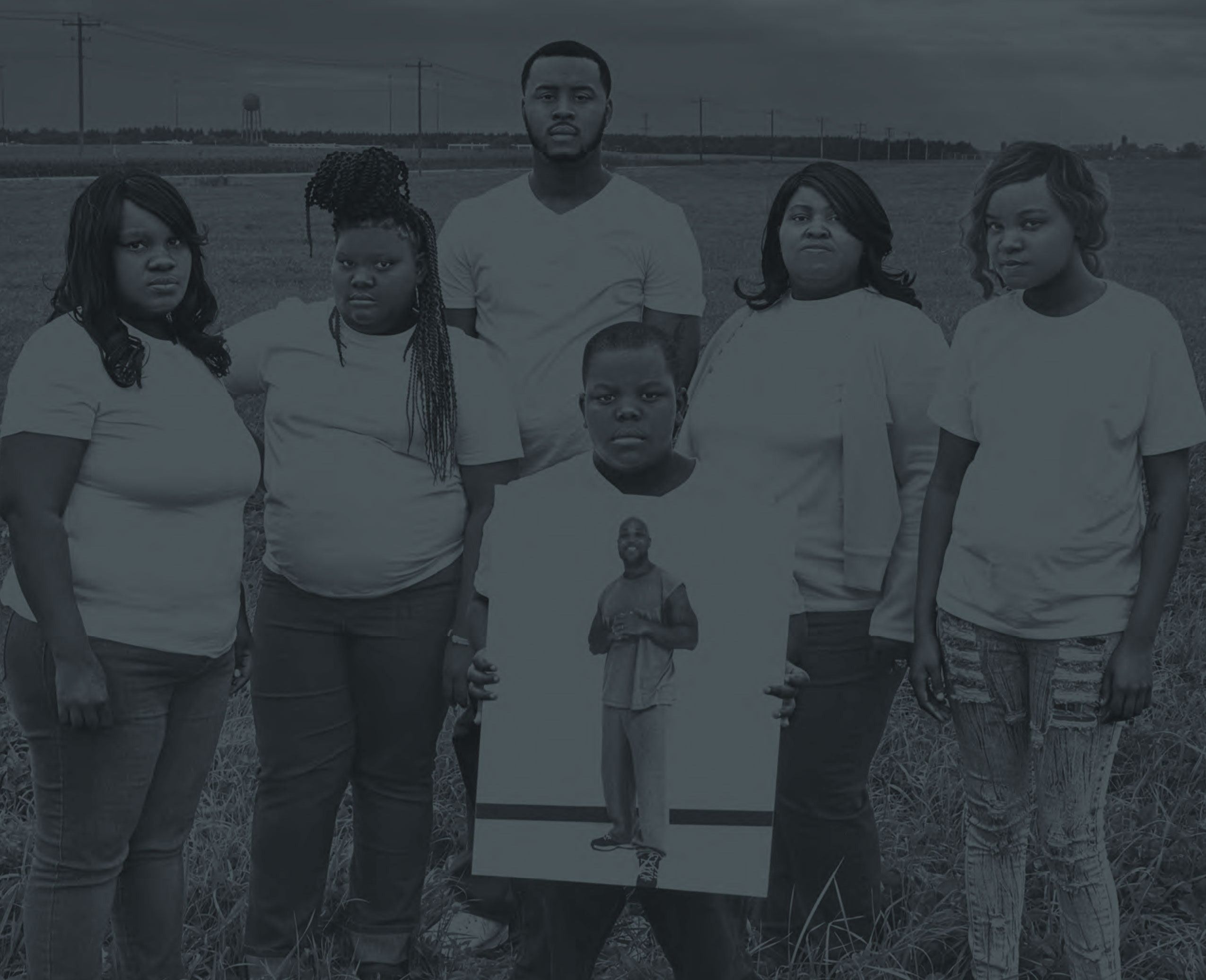MASS INCARCERATION IN THE UNITED STATES
In the United States, about 2.2 million individuals are currently held in federal, state, and local prisons and jails. Including parole, as of 2016, about 6.6 million people are under supervision by the U.S. corrections system – about 1 in every 38 adults in the United States.1 However, this population is on the decline, indicating room for progress and hope; the number of people under correctional supervision declined from 2007 to 2016.2
The prison system presents a high financial cost for the country. In 2015, according to the Vera Institute of Justice’s initiative, The Price of Prisons, at least 45 states together spent a total of about $43 billion on prisons.3 According to the Bureau of Justice Statistics, 56 percent of federal inmates, 67 percent of inmates in state prisons, and 69 percent of inmates in local jails, did not finish high school.4 Furthermore, individuals involved in the criminal justice system come from predominantly lower socioeconomic backgrounds. Financial factors of over-imprisonment are twofold: mass incarceration generates profit for private prison owners,6 but it costs American taxpayers billions of dollars.7
When mass incarceration is examined through the lens of race and gender, the scenario is stark. According to the U.S. Bureau of Prisons, approximately 94 percent of the prison population is comprised of men,8 and the largest offense for those prisoners are drug-related crimes (about 47 percent).9 Black males across all ages are imprisoned 2.5 times more than Hispanic males and six times more than white males.10 From a historical perspective, American imprisonment has increased five-fold since the 1970s, and incarceration among African-Americans is higher than it was before the Civil Rights movement.11
The social impact of incarceration, although more difficult to calculate, can be dramatic, including the ripple effect on families and communities. Two million children are without parents, and countless families without loved ones.12 As former U.S. Attorney General Eric Holder stated, “People sometimes make bad choices. As a result, they end up in prison or jail, but we can’t permit incarceration of a parent to punish an entire family.”13 According to the Pew Charitable Trusts, as of 2010, 54 percent of inmates have children, which translates to 2.7 million youth whose parents are imprisoned.14 Children with a parent behind bars are more likely to have behavioral and mental health issues,15 and this adolescent population is more likely to be suspended or expelled than their peers.16 Additionally, family income lowers by about 22 percent once a parent is locked up, and even when the parent returns home, the income remains lower than it was before he or she left.17



